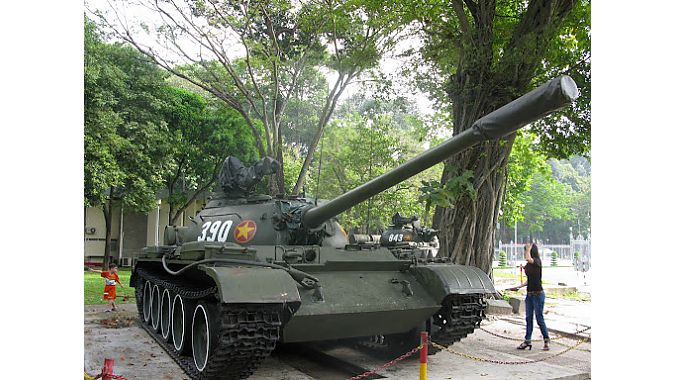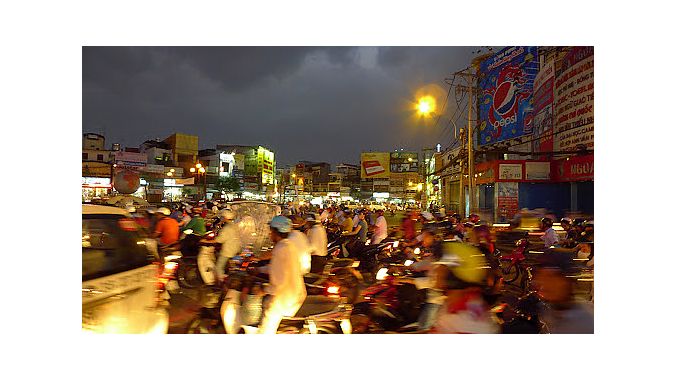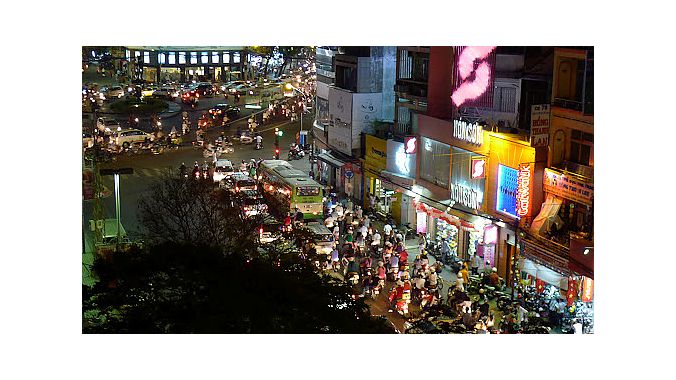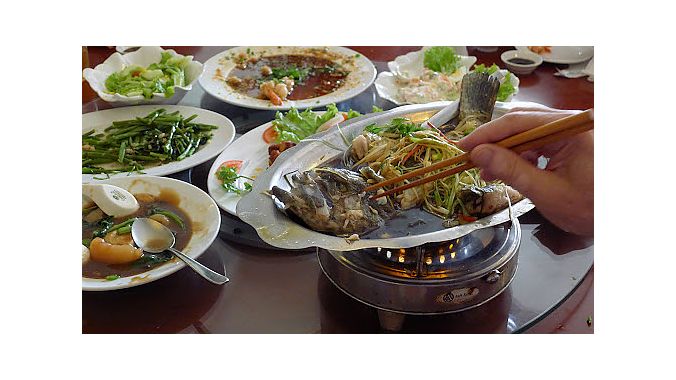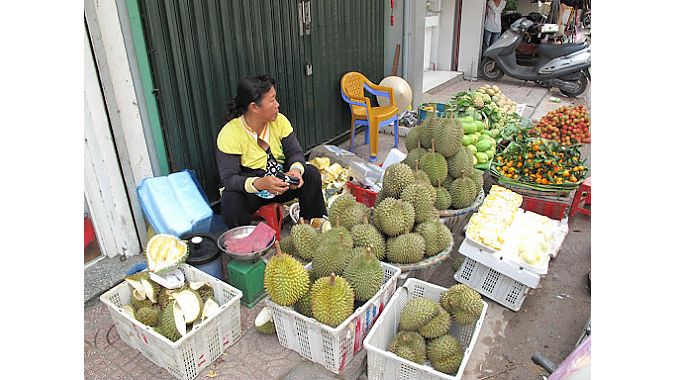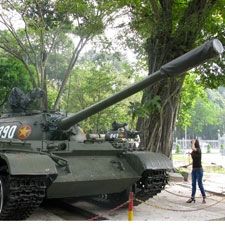The following story appeared in the March 1 issue of Bicycle Retailer & Industry News
With stiff duties lifted, builders revisit Vietnam, but road blocks remain
By Marc Sani
HO CHI MINH CITY, Vietnam (BRAIN)—Bob Margevicius most likely leads the industry in racking up frequent-flier miles. But whether it’s another trip to China or Taiwan or checking on production facilities in Vietnam, Thailand, Indonesia, Bangladesh or Cambodia, Margevicius puts his boots on the ground and keeps his fingertips on a laptop.
He rattles off numbers and statistics like a college professor teaching a graduate class in international economics—import/export duties, foreign exchange rates, inflation and labor rates, energy prices, telecommunications or transportation policies. Margevicius can offer a thumbnail sketch of most Asian nations’ status and how they stack up in terms of bicycle production costs.
So when he says Vietnam’s basic infrastructure can be a nightmare for manufacturers and suppliers, it’s worth paying attention. Specialized, until recently, had some 50,000 aluminum frames built at the Astro factory near this city of more than 8 million people. Astro would then ship the frames to Merida’s Taiwan factory for final assembly. Specialized is again shifting production, building its 24-inch bikes at a new Asama factory in a Cambodian industrial zone near the Vietnam border.
“Infrastructure—that’s a big thing,” Margevicius said. “It is really difficult and the country [Vietnam] just doesn’t have the money to make big improvements. They’ve been talking about a new airport to replace Ho Chi Minh International for years,” he said.
Most Vietnam factories have direct ties to Taiwan and many opened facilities here in the late 1990s and early 2000 to take advantage of Vietnam’s favorable tariff position with the European Union. Yet those decisions were complicated. Vietnam, for all practical purposes, had little in the way of domestic production; wages were lower than in China and entry-level bikes could be built cheaply and sold to other emerging markets in Asia.
Kind Shock, a Taiwanese-owned parts manufacturer, opened a factory in southern Vietnam in the early 2000s to build low-end steel suspension forks and other products for the U.S. and European mass markets. The business, however, couldn’t clear a profit because assemblers never opened plants in Vietnam, as Kind Shock expected they would, and it was too expensive to ship parts back to assemblers in Taiwan or mainland China. Kind Shock closed the factory two years ago.
“It’s a little dangerous to be ahead of the curve. Sometimes the curve goes the other way,” Kind Shock’s Rick Taylor said of the company’s Vietnamese investment.
Most production had already came to a screeching halt earlier in the decade when the European Union hit Vietnam with anti-dumping duties ranging from 15.8 to 34.5 percent in 2005. Once those penalties were lifted July 15, 2010, production rebounded quickly. Factories are once again supplying European customers—primarily with low- to midlevel-quality bikes as well as some high-value models for Orbea, Haibike, Bianchi and others.
Statistics compiled by Vietnamese authorities had found that production plummeted from more than 1.1 million units—most destined for Europe—to fewer than 22,000 units by 2009. The labor market also took a hit, dropping by more than 200,000 employees to fewer than 5,000.
And persistent rumors that bikes made in China were being transported across the border to Vietnam for trans-shipment to Europe forced Vietnamese officials—seeking to end anti-dumping duties—to pledge that the country wouldn’t be a “middle ground” for nations seeking to subvert Europe’s dumping duties.
Yet despite concerns over infrastructure, a number of manufacturers have found a home here. Astro, Alhonga, Olympic, Kenda, KMC, Jagwire, Asama and others are building parts and frames either for export to Europe or other nearby Asian nations, or to feed Vietnam’s domestic market.
Combined, they employ thousands of Vietnamese and form a near self-supporting network of factories. Wages are also more favorable with the average Vietnamese worker earning between $100 and $150 a month, compared with China’s minimum wage in Guangdong province of about $210. But wage demands in both countries are putting upward pressure on prices.
Most factory managers, though, shake their head when asked about highways, telecommunications, wages and inflation. All are a problem, but they argue that with effort and planning these problems are manageable. Roads and traffic are a good example. The roads, by Western standards, are substandard and clogged with traffic. Trucks contend with a weaving swarm of motorcycles, buses and cars as they inch toward the Port of Saigon. It can take up to two hours to drive 40 kilometers in some areas.
Hovex Chang-Liao, Olympic Pro’s chairman, said the factories in the region work together. “It’s not competitive, but it is more like we cooperate with each other when we can,” he said.
But what makes Vietnam and other Southeast Asian nations of interest in the global bicycle supply chain is this: It’s not China. The European Union still imposes stiff dumping duties on Chinese-made bikes. Chinese wages are rising fast; labor unrest is a growing problem; and there’s a growing sense that now is the time to explore the pros and cons of production outside of China.
Still, when thinking about Vietnam, it’s important to consider that this nation of 86 million people had been in a state of conflict and war with early French colonialists, the Japanese, the French again from 1946 through 1954, and with America until 1975. It then fought numerous border skirmishes with the Cambodians and the Chinese in the 1980s. Some 80 years of warfare takes a toll on economic development.
Vietnam is a developing Third World country seeking to find its way in a global economy where industry demands flexibility, an educated workforce, competitive wages and energy costs, low inflation, a strong telecommunications network, modern air transport and good ports and highways. Based on that scorecard, Vietnam has a ways to go.

